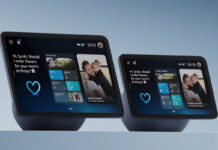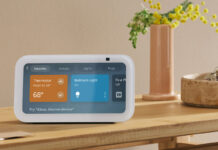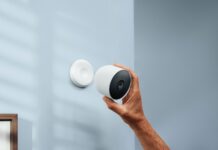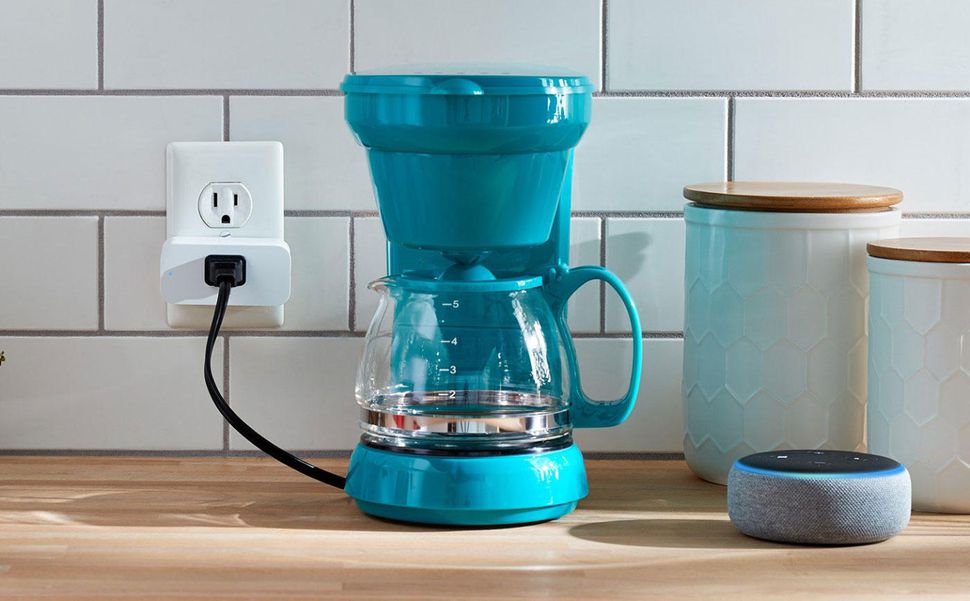
Working in tandem with smart speakers like the Amazon Echo, the Amazon Smart Plug with Alexa is designed to grant any appliance in your home the ability to integrate into a smart home.
There are smart speakers which can control various Wi-Fi connected devices like smart lights, cameras, thermostats, and even the newest appliances that have been cleared to work with smart speakers. Even the latest TVs have connected functionality that allows you to turn them on, off, or start playing a video from a streaming media service.
Let’s face it, though, the majority of our appliances aren’t smart. We all have our special appliances that are maybe older and don’t fit in this new world of Internet of Things (IoT) or connected devices. Instead of throwing these away or looking to buy new connected appliances, get a smart plug.
The Echo Certified Amazon Smart Plug
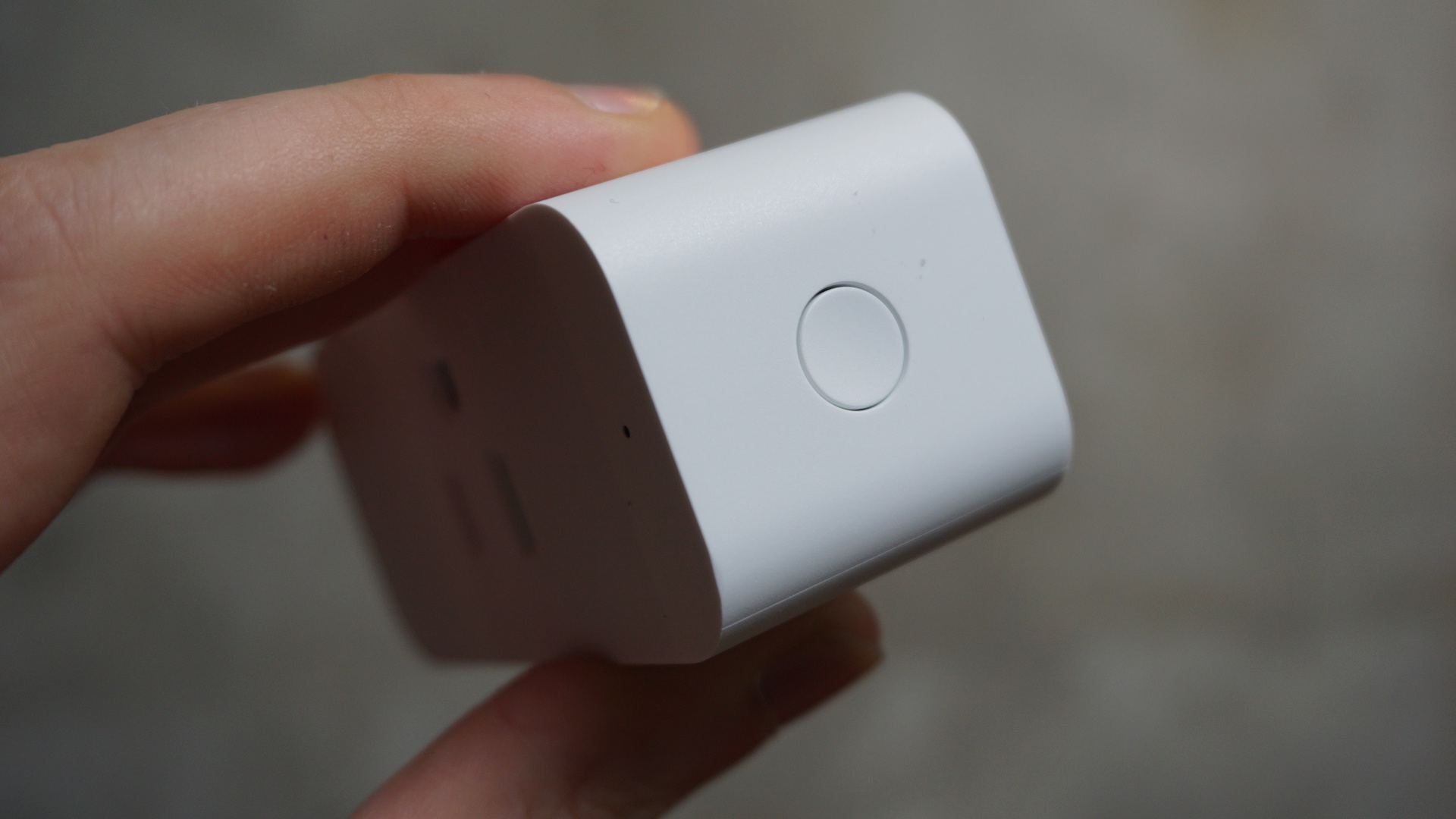
Thankfully, Amazon, who is one of the biggest proponents of the connected home, has created the Amazon Smart Plug which is certified to work seamlessly with the Alexa voice assistant.
No other smart speaker maker has created a smart plug component. Google Home can work with various third-party smart plugs, but a lot of these require a few more steps to set up. As I found out, the Alexa Smart Plug can integrate with the existing Amazon Echo easily, but with some workarounds.
Out of the box and setup
Amazon tries to make it easy to add the smart plug to your home. You simply plug in the smart plug, and then you try to connect it. They even have a bar code included in the packaging of the plug so you can pair it quickly. Unfortunately, this didn’t work well for me either on my Android smartphone or using an iPhone.
What worked was manual set-up and pressing the Amazon Smart Plug’s reset button to get a blue and red light, which meant it was ready to pair.
I can see people into the Alexa ecosystem picking up one (or even a few) of these smart plugs to time the function of certain appliances, or even to access them remotely.
Once you assign an Amazon Smart Plug to an appliance, you can use your smartphone’s Alexa App to integrate the Echo plug and assign a new name. Once you’ve assigned the name, it is then possible to use the Alexa voice assistant to turn the accessory on or off.
Aside from a blue light, there’s a switch sound to indicate that the plug is on. This means you need to turn on the individual appliance you want to connect to the smart plug so that it can turn it on remotely when you need to.
Makes old appliances smart
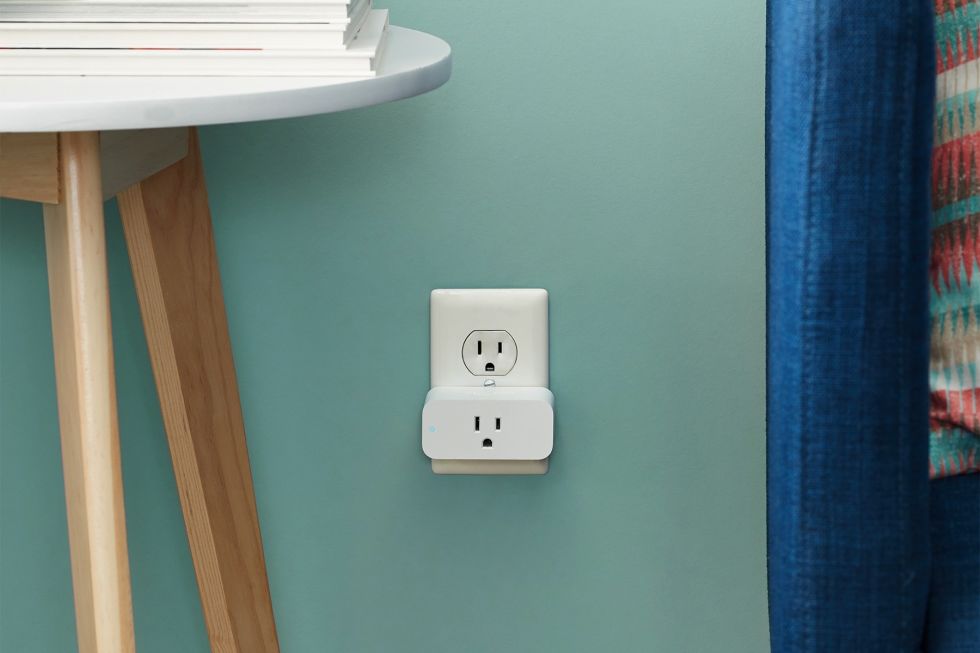
More than just a smart switch that converts dumb appliances into Internet-connected smart devices, the Amazon Smart Plug now allows users to add these appliances to routines.
Routines are especially interesting because they extend the functionality of the smart devices. I set up a routine for starting my morning where I’ve rigged Alexa to read a news briefing from my chosen media, turn on the lights in the living room and kitchen, and also turn on my coffeemaker connected to my smart plug.
The trigger phase for this could be, “Alexa, good morning!” This would set all the pre-programmed commands into motion as I stagger out of bed and prepare to get my family dressed, fed, and out the door on time.
Multiple applications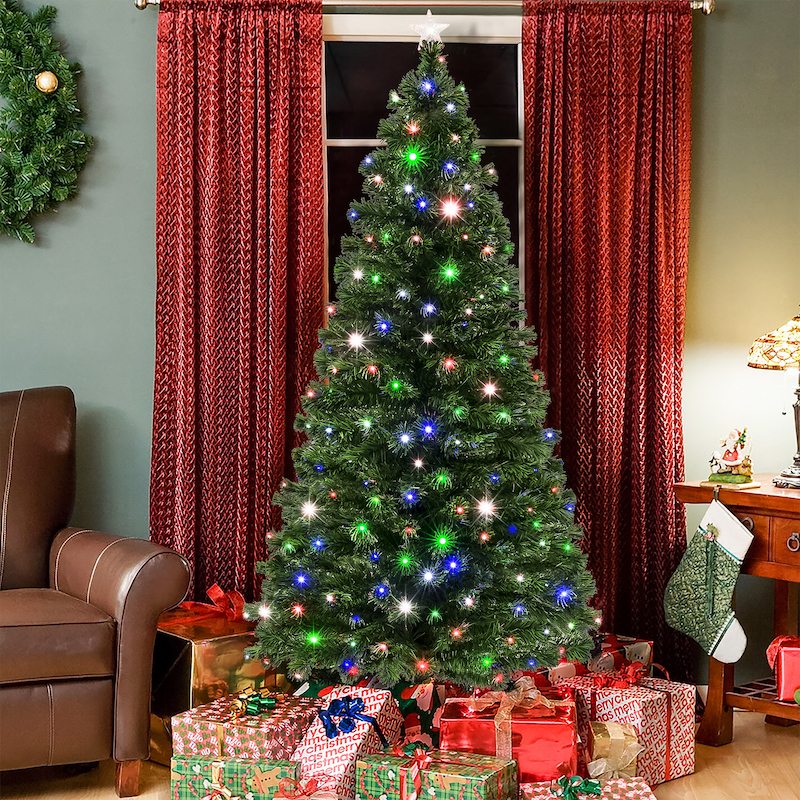
One area where the smart plug works perfectly is for scheduling the on and off time of lights on a Christmas tree. Trees are tricky because they take up a lot of space, and it’s usually difficult to get to the plug to manually unplug and plug in the lights. With the Amazon Smart Plug, this is eliminated and you can even use voice control to say, “Alexa, turn on the lights on the tree,” and you’re good to go.
Same goes for lights or appliances that may be out of the way or in various rooms or floors, imagine being able to turn off any lamp, heater, fan, radio, or appliance that’s reachable by your Wi-Fi connection.
The limitation is that this is more than just a plug or an extension. We have a small computer and antennas in this smart plug, which means you shouldn’t leave it out in the elements.
People who live away from their parents and who want to manage certain appliances (heaters, thermostats) might be able to now access them remotely, and even turn them on or off easily. Even better, they can place the control of all the house appliances on a smartphone or tablet, which is a huge feature for anyone who is challenged by mobility.
Convenience might be the big attraction of smart home solutions, but they are also great for accessibility and making things easier for people that aren’t mobile.
Expanding the Smart Home
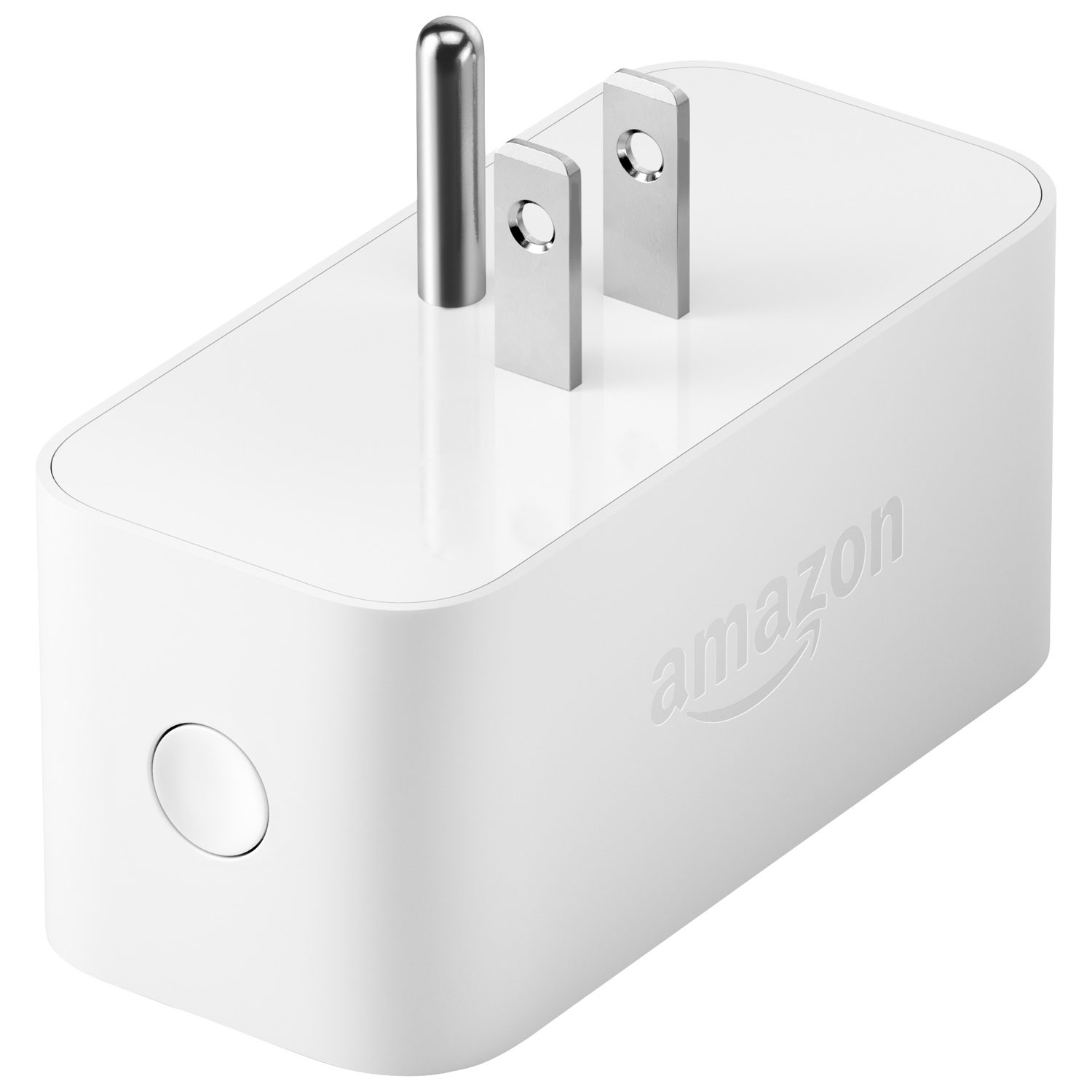 We are now at a point where every electrically powered device in our homes can be integrated into smart home setups.
We are now at a point where every electrically powered device in our homes can be integrated into smart home setups.
This means extensible usage, the ability to better control use and power consumption, as well as more ways to turn things on and off.
The price of these smart plugs makes them easy to justify when building a connected home.
While the Amazon Smart Plug seems like a simple and straightforward device, it can be a transformative add-on to any smart speaker powered smart home.

